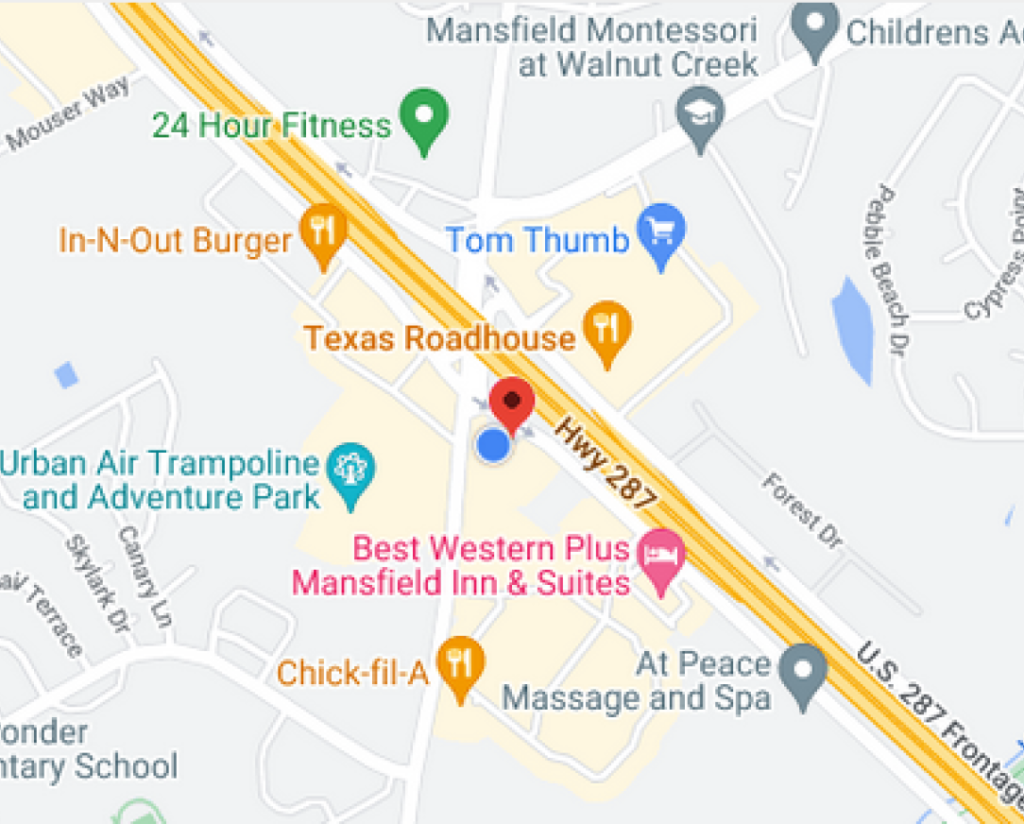Do you know the difference between a Replacement Cost Value (“RCV”) policy and Actual Cash Value (“ACV”) policy? The ACV policy typically has a lower annual premium over the RCV making it more appealing upfront. Unfortunately, we often see property owners realize the savings received upfront is not worth the financial impact during a catastrophic event.
Replacement cost value, or more commonly referred to as RCV, allows for a property owner to be paid an upfront amount RCV minus depreciation. Once the repairs are completed, the property owner will receive a depreciation check for the repairs. This policy is a more expensive policy; however, insurance proceeds are paid based on the total cost to repair the property back to the original condition.
Actual cash value is based on the loss of value a property has after a named peril occurs. For example, if there is hail damage to a roof and the carrier pays to fix it, the carrier will only pay for a pro-rated amount of the cost to replace. If the roof is 10-years old and it is a 20-year roof the carrier may depreciate the roof 50%. Let’s put this in different terms, if a property owner has a $100,000 roof that needs to be replaced; after 50% depreciation, the property owner would net $50,000. Having the policy coverage in place for 10 years would mean the property owner would need a $5,000 per year annual savings on the ACV policy in order for it to make financial sense. Consumers often select the ACV policy not realizing the huge costs associated with the policy. You may save in the short term, but in the long run you lose.
But wait there is more! Insurance carriers have policies in place that convert from RCV to ACV over a certain time period. For example, after 10 years the policy converts from RCV to ACV on the roof and yet the property owner continues to pay for an RCV policy on the property. No savings for the discounted coverage, yet the property owner continues to believe full coverage is in place. When disaster strikes, a claim is filed, only to find out half the coverage is in place.
Unsure what is in your policy? Contact us today to find out more.




